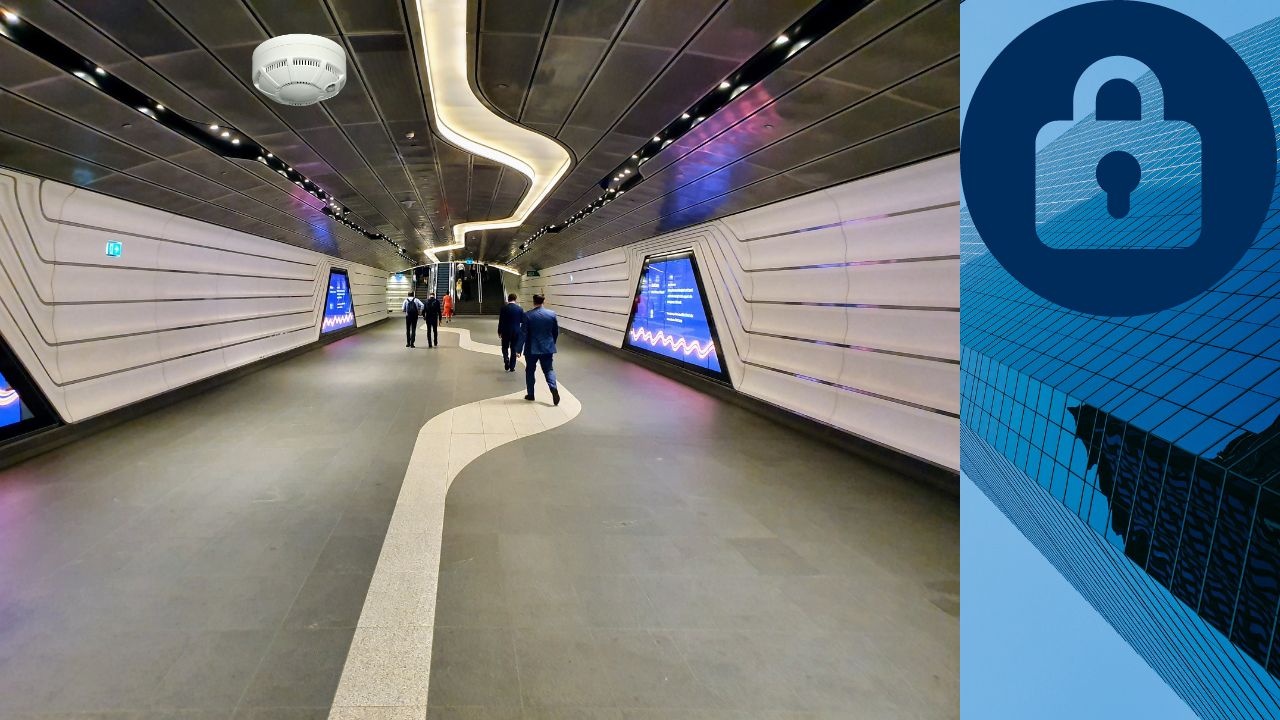Critical infrastructure comprises the essential services and assets that support the functioning of a society and economy. From energy and transportation to healthcare and finance, these sectors rely heavily on interconnected networks and advanced technologies. The disruption or compromise of these systems could lead to significant economic losses, public safety concerns, and even national security risks.

Securing critical infrastructure presents unique challenges due to the scale, complexity, and interconnected nature of these systems. Some key challenges include:
Legacy Systems: Many critical infrastructure components still operate on legacy systems that may lack the robust security features of modern technologies.
Interconnected Networks: The interdependence of various sectors means that a cyber-attack on one area can have cascading effects across multiple domains.
Limited Downtime: Critical infrastructure systems often require continuous operation, leaving minimal room for maintenance or system upgrades that could enhance cybersecurity measures.
Sophisticated Threats: Cyber threats targeting critical infrastructure are becoming increasingly sophisticated, ranging from ransomware attacks to advanced persistent threats (APTs).
Risk Assessment and Management: Conduct regular risk assessments to identify vulnerabilities and assess potential threats. Prioritize critical assets and develop risk management strategies to mitigate potential impacts.
Network Segmentation: Implement network segmentation to isolate critical systems and limit the lateral movement of attackers. This helps contain the impact of a potential breach.
Continuous Monitoring: Employ robust monitoring systems to detect and respond to anomalous activities in real-time. Automated alerting and incident response mechanisms are essential components of continuous monitoring.
Multi-Factor Authentication (MFA): Enforce multi-factor authentication for accessing critical infrastructure systems. This adds an additional layer of security by requiring users to provide multiple forms of identification.
Regular Training and Awareness: Train personnel on cybersecurity best practices and create a culture of awareness within the organization. Human error is a significant factor in many cyber incidents, and education is a powerful defense.
Incident Response Planning: Develop and regularly test incident response plans to ensure a swift and effective response to cyber incidents. This includes communication strategies, containment measures, and recovery procedures.
Supply Chain Security: Assess and monitor the cybersecurity posture of third-party vendors and suppliers. Strengthen supply chain security to prevent potential vulnerabilities from entering the critical infrastructure ecosystem.
Encryption and Access Controls: Implement strong encryption for data in transit and at rest. Control access permissions to ensure that only authorized personnel have the necessary privileges.
Regulatory Compliance: Stay abreast of relevant cybersecurity regulations and standards. Compliance with these guidelines not only enhances security but also helps build resilience against potential legal and financial repercussions.
Collaboration and Information Sharing: Foster collaboration and information sharing among critical infrastructure sectors and government agencies. A collective approach to cybersecurity can help identify and address emerging threats more effectively.
Securing critical infrastructure in the digital age is an ongoing and multifaceted challenge. By implementing robust cybersecurity measures, conducting regular risk assessments, and fostering collaboration, we can fortify the resilience of these vital systems. As technology continues to advance, so must our efforts to protect the critical infrastructure that sustains our way of life. A proactive and collaborative approach to cybersecurity is not only a necessity; it is an imperative in safeguarding our collective future.
This website uses cookies to ensure you get the best experience on our website.